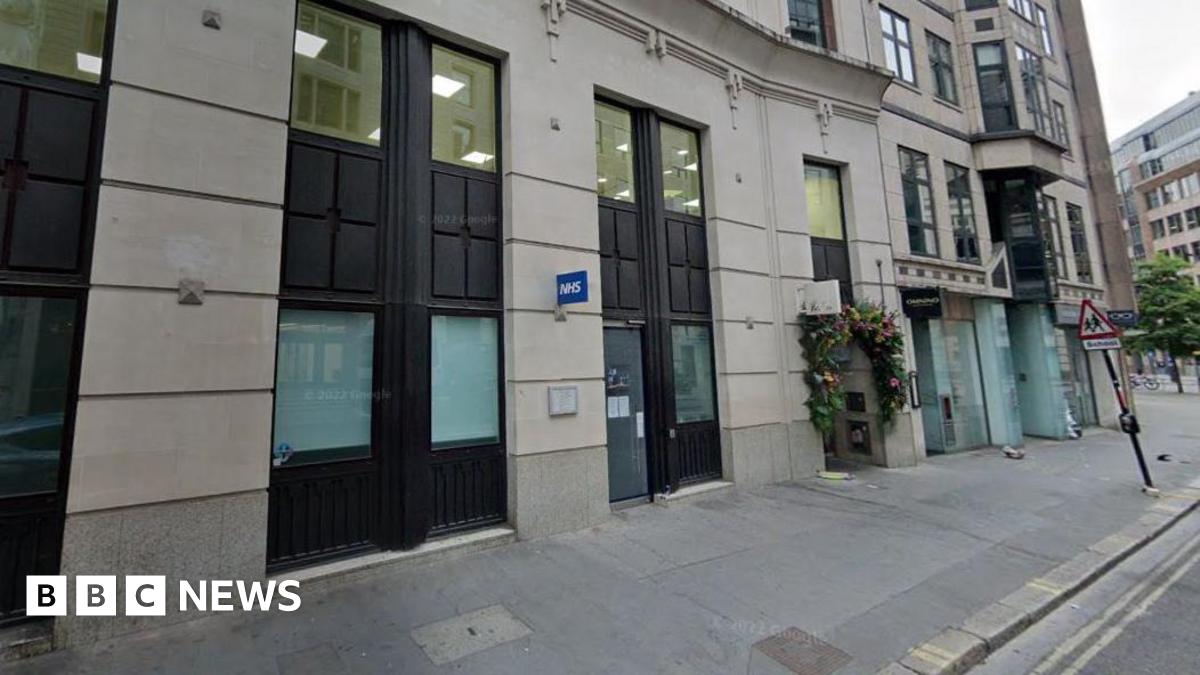Medicaid Cuts: A Hidden Cost for Everyone – Why Losing Coverage Leads to Higher Healthcare Bills

Proposed cuts to Medicaid, a vital safety net for millions of Americans, are often presented as a cost-saving measure. However, a growing body of evidence reveals a starkly different reality: slashing Medicaid funding doesn't save money; it simply shifts the financial burden onto everyone, leading to higher healthcare costs for individuals, families, and taxpayers alike.
The core issue lies in the nature of Medicaid and the populations it serves. Medicaid provides essential healthcare access to low-income individuals, families, children, seniors, and people with disabilities. When these individuals lose their Medicaid coverage, they often postpone or forgo preventative care, addressing health concerns only when they reach a crisis point – typically, the emergency room.
The Emergency Room: The Most Expensive Option
Emergency rooms are designed to handle acute, life-threatening situations. They are not a substitute for regular primary care or preventative services. Treating illnesses in the ER is significantly more expensive than managing them through routine doctor visits and prescribed medications. A simple infection that could be treated with antibiotics in a doctor's office can escalate into a hospitalization requiring intravenous antibiotics and intensive care if left untreated, dramatically increasing the cost.
Furthermore, emergency room visits often lead to more complex and costly interventions down the line. Untreated chronic conditions, such as diabetes or heart disease, worsen without regular monitoring and management, resulting in expensive complications and hospitalizations.
Taxpayers Bear the Burden
Who ultimately pays for these expensive emergency room visits and subsequent complications? Taxpayers do. Hospitals, operating under a legal and ethical obligation to treat anyone regardless of their ability to pay, often absorb a portion of the cost of uncompensated care. However, these costs are ultimately passed on to the remaining patients in the form of higher insurance premiums and medical bills. Essentially, those who have insurance are subsidizing the care of those who don't.
Beyond the Financial Cost: Human Impact
The consequences of Medicaid cuts extend far beyond financial considerations. Loss of coverage leads to poorer health outcomes, increased suffering, and reduced productivity. Children without access to healthcare are more likely to miss school, hindering their educational development. Adults without healthcare are less likely to be employed, impacting the economy and perpetuating cycles of poverty.
A Better Approach: Investing in Medicaid
Instead of cutting Medicaid, policymakers should focus on strengthening and expanding the program. Investing in preventative care, improving access to primary care providers, and streamlining enrollment processes can lead to better health outcomes, lower healthcare costs, and a healthier, more productive workforce. A healthy population is a productive population, contributing to a stronger economy and a more vibrant society.
The narrative that Medicaid cuts are a path to fiscal responsibility is a fallacy. They are a short-sighted policy that ultimately harms individuals, families, and the nation as a whole. A commitment to Medicaid is a commitment to a healthier, more equitable, and prosperous future for all.






